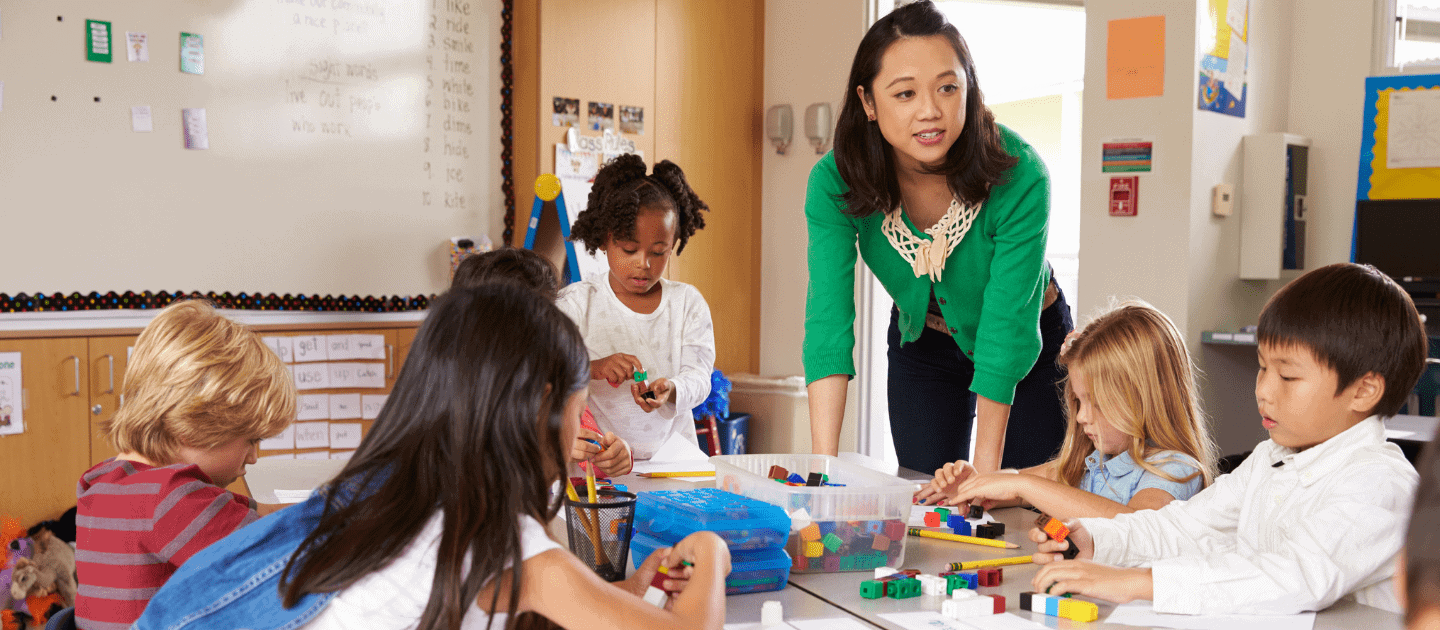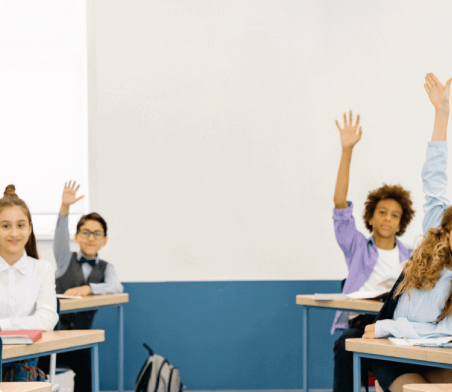
The impact of teacher attitude and teaching approaches on student demotivation: Disappointment as a mediator
Social, emotional, and behavioural skills must be explicitly taught, just like academic skills, to create effective learning environments where all students can thrive both academically and socially.
23 Mar 2024

